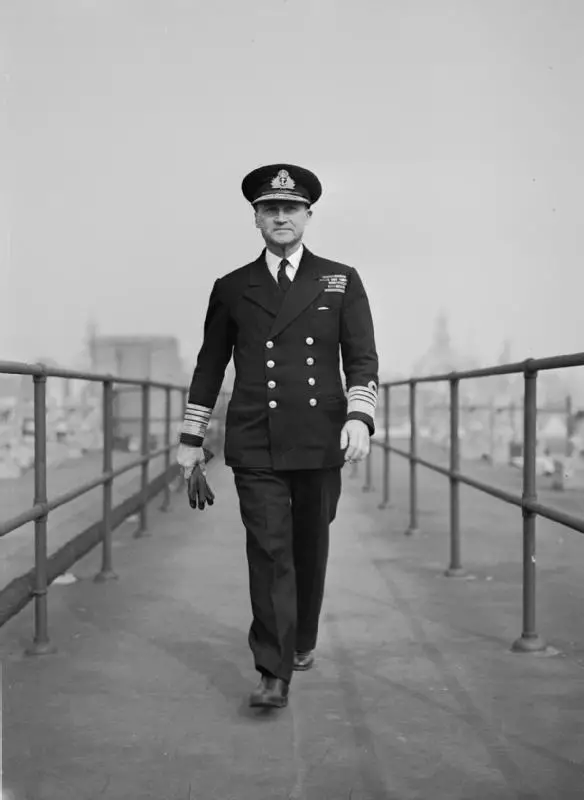Seventy years after Allied soldiers stormed the beaches of Normandy, the Churchill Archives Centre has released a short film commemorating the ‘forgotten architect’ of D-Day.
Admiral Sir Bertram Ramsay was part of General Eisenhower’s inner circle during the months and years of top secret planning that led to the Allied invasion, launched on June 6, 1944.
Ramsay was in overall command of Operation Neptune, the unimaginably complex naval and landing operations of D-Day, as more than 4,000 ships and landing craft, nearly 200,000 men and thousands of aircraft took part in the first wave of Normandy landings.
However, Ramsay has become one of D-Day’s forgotten men; a fatal plane crash in 1945 robbing him of the chance of penning his memoirs or taking his place alongside other venerated Allied leaders such as Eisenhower and Churchill.


Today, the Churchill Archives Centre at Churchill College, Cambridge, is home to the personal archive of Admiral Ramsay, as well as those of Churchill and other distinguished military and political figures. The Ramsay archive includes his D-Day diary, invasion maps, photographs and correspondence – as well as eyewitness accounts from the Dunkirk evacuation, another watershed occasion in British naval history overseen by Ramsay.
Allen Packwood, Director of the Churchill Archives Centre, said: “Ramsay had a really interesting and quite different career path. He walked away from the Navy in 1935 and ended up on the retired list – before coming back out of the wilderness at the start of World War Two.
“He eschewed normal career advancement to specialise in logistics but these are exactly the skills needed when we get to the Second World War. He oversaw the Dunkirk evacuation, then worked under Eisenhower as part of the team that devised Operation Torch to liberate North Africa in 1942 and the invasion of Sicily in 1943. So by the time we get to June 1944, he is the go-to man for complex naval operations; although nothing he had done was anything like as complex as D-Day itself.”
The film released today by Cambridge also includes an interview with 90-year-old Fanny Hugill, one of the original ‘Ramsay Wrens’ who was on duty during D-Day and who earlier this year spoke at a symposium in honour of her former commander.
Added Packwood: “I think it’s wonderful to be able, on the 70th anniversary, to focus on Admiral Ramsay as the architect of Operation Neptune and a crucial part of the team that wins D-Day.”
University of Cambridge – Header Image : WikiPedia






